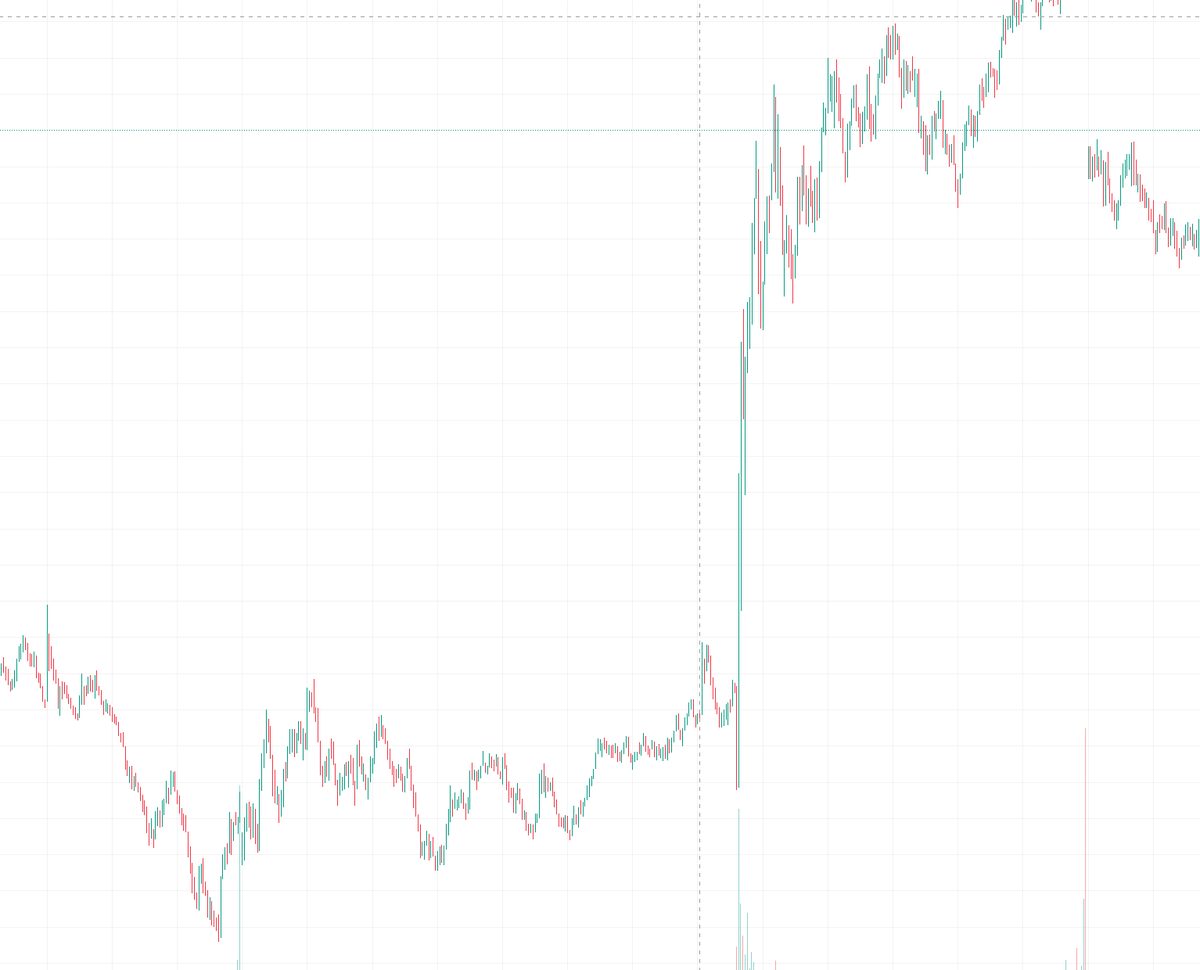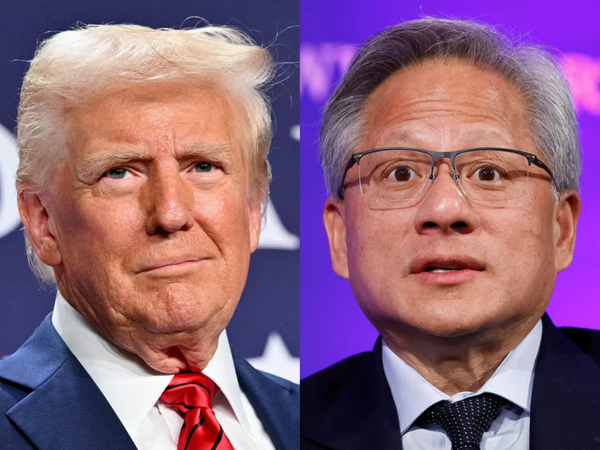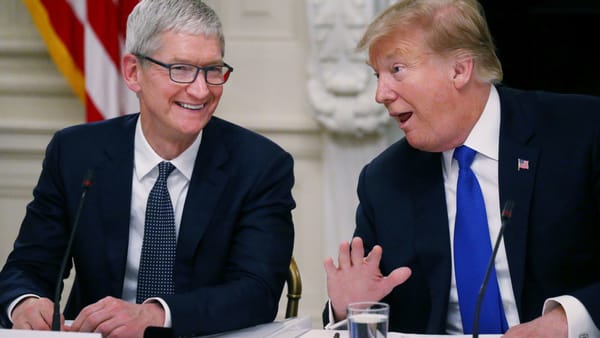This Is What Insider Trading Looks Like

Zero-day options represent speculation in its purest form.
Traders pay a small premium for a contract destined to expire worthless within hours unless the market dramatically swings your way. On April 9th, from 12:58 pm to 1:30 pm, millions of these high-risk bets flooded the market across multiple SPY strike prices and even QQQ options, which tracks the Nasdaq-100 index.
This created an unmistakable spike in trading volume immediately preceding Trump's tariff announcement. The pattern wasn't limited to a single trade or strike price. It was a coordinated wave of positions, all established within a critical half-hour window before the news broke.
My previous post highlighted a striking example: how a single $2.5 million options position turned into $70 million in under an hour. But focusing solely on that trade risks missing the larger picture. What we actually saw was widespread activity. Numerous sophisticated traders carefully placing positions across several strike prices ($504, $505, $507, $509) in SPY as well as similar trades in QQQ.
This broader pattern reveals something far more systematic and deliberate than isolated speculation. When you scrutinize the complete trading data from those crucial 32 minutes, a clear strategy emerges. Whoever executed it designed it to avoid triggering market surveillance or exhausting available liquidity prematurely.
Let's unpack why this wasn't just someone with a Robinhood account and a lucky guess.
Zero-day options essentially function like lottery tickets. Just as buying a lottery ticket gives you a chance — however small — to win a significant sum, purchasing a zero-day option gives you the chance to profit significantly if the underlying asset hits your selected strike price before the market closes.
Traders pay a relatively small price (premium) for these "tickets," knowing full well they're typically worthless by day's end unless you hit precisely the right market conditions. The closer you get to expiration, the cheaper these "tickets" become because your odds of profiting dramatically diminish.
Take, for example, the SPY $509 calls. These options give holders the right to buy SPY at $509 and expire the same day they're purchased. These were trading at just $0.85 per contract when SPY was below $500, reflecting the market's consensus that it was nearly impossible for SPY to exceed $509 by close.
Yet, traders collectively bought tens of thousands of these contracts, alongside significant positions at other strike prices. Similar unusual activity also appeared in QQQ options, pointing toward a highly coordinated trading strategy.
Equally significant is the timing. Positions were established between 12:50 and 1:25 pm, with notable volume precisely at 1:01 pm; a full 29 minutes before Trump's 1:30 pm announcement. Imagine someone purchasing thousands of lottery tickets with a specific number combination just moments before those exact numbers are drawn.
Would you label that "luck"? Or would it imply foreknowledge?
But this goes beyond just buying complex financial products. Whoever designed the trades also has a sophisticated understanding of market dynamics.
"Gamma" refers to how quickly an option's sensitivity to the underlying asset's price changes. Options with substantial gamma exposure can create powerful market feedback loops: as the underlying asset’s price rises, market makers (financial institutions that facilitate trading by providing liquidity) who initially sold these options must hedge their exposure by purchasing shares of the underlying asset. This buying pressure further elevates the price, which is a phenomenon known as a "gamma squeeze."
These trades were structured precisely to capitalize on this feedback loop, indicating not just foreknowledge of market-moving news but also an expert grasp of market mechanics.
Naive traders typically don't have the connections, speed, or market access needed to execute trades of this size and complexity rapidly enough. Coordinating multiple positions simultaneously across different strike prices and ETFs requires established relationships with market makers, robust trading infrastructure, and immediate access to deep liquidity pools.
The scale and distribution of these trades suggest strategic intent rather than reckless gambling. Traders deliberately spread positions across multiple strike prices and ETFs to avoid setting off market circuit breakers—mechanisms designed to halt trading temporarily during extreme volatility—and to maintain plausible deniability.
In options trading, risk and reward are intricately connected. The returns generated within an hour on April 9th suggest odds so extreme they simply don't occur in efficient markets without an informational edge. Professional traders can spend entire careers without witnessing returns of this magnitude in such a brief timeframe. Even institutions managing billions rarely achieve this level of precision.
Could someone theoretically have gotten extraordinarily lucky? Perhaps. Just as someone might guess all six lottery numbers correctly. But when multiple winning tickets are bought minutes before the draw, in substantial yet carefully calibrated volumes designed to avoid SEC security or market trip wires, we've moved past discussing luck.
We're dealing with privileged information.
And information that moves markets, accessible to some but not all, has a clear name under securities law. Under any other administration, the SEC would have opened an investigation. But under Trump?
This is not acceptable for the United States. America is blessed to have the world's most powerful markets and there is no luck in making extraordinary profits using insider information. It's wicked. Wednesday was so extraordinary it puts the integrity of the American market in jeopardy.





